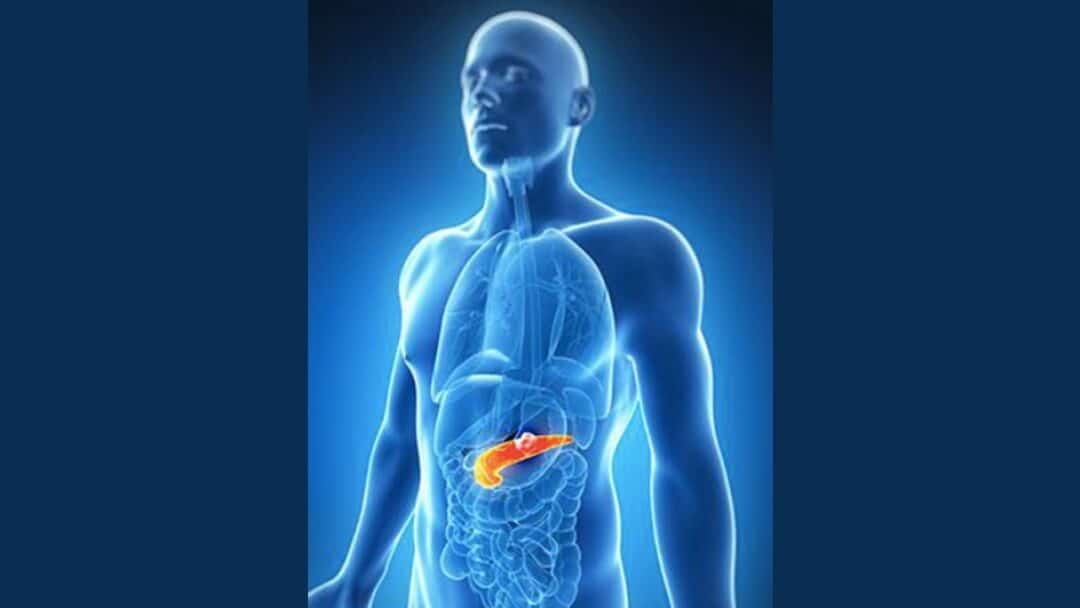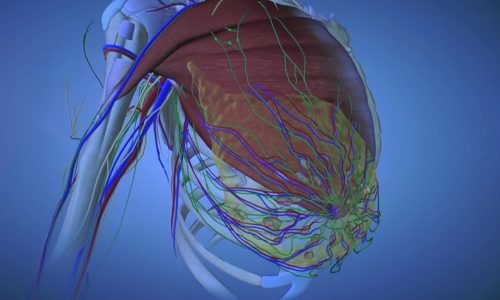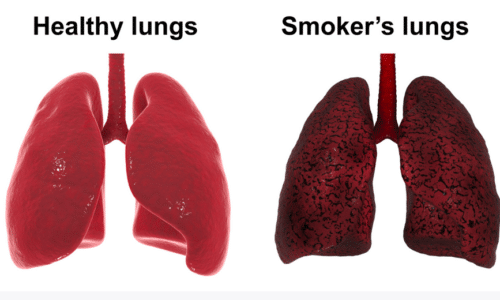Understanding Pancreatic Cancer and Its Symptoms with Dr. Omar Llaguna |

Dr. Omar Llaguna, Oncologic Surgeon with Miami Cancer Institute, explains pancreatic cancer. He describes that cancer as a malignant transformation of what used to be a normal cell into an abnormal cell.
“With this cancer, we have cells in the pancreas that have gained the ability to grow uncomfortable, unrestricted, and uncontrolled, and those tumors can grow large in size. More importantly, they gain the ability to invade other structures near it. They can also travel via the lymphatics via the blood into other organs”, causing what Dr. Llaguna calls metastasis, or tumors in the lung, liver, and other areas that are distant from where the pancreas is located.
Dr. Llaguna emphasizes that with pancreatic cancer, there are usually no symptoms that are visible to the patient, which sometimes makes it a silent killer. The issue with pancreatic cancer is that by the time a patient has symptoms, usually, the disease has advanced. 80% of patients, once they have symptoms, will have a disease so advanced that they may not be a candidate even for surgery.
Symptoms are contingent on where the tumor is located. Tumors in the body or the tail of the pancreas tend to present with much more advanced disease. This is because they tend to grow unencumbered and unrestricted and don’t present with symptoms. There’s nothing around it that it can grow into that will present with specific symptoms. While a tumor in the head of the pancreas is so firmly associated with the duodenum, the first person of the small bowel, the bile duct which drains the liver here, patients even with a smaller tumor can present with; jaundice, abdominal pain, nausea, and weight loss. This is why doctors diagnose patients at an earlier stage, although the disease tends to be advanced by the time a person has symptoms.
To watch the full segment of Dr. Llaguna explaining pancreatic cancers, visit: https://youtu.be/VKjbHZhMmR0








